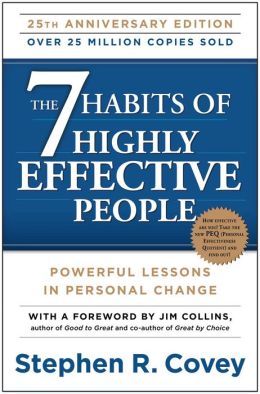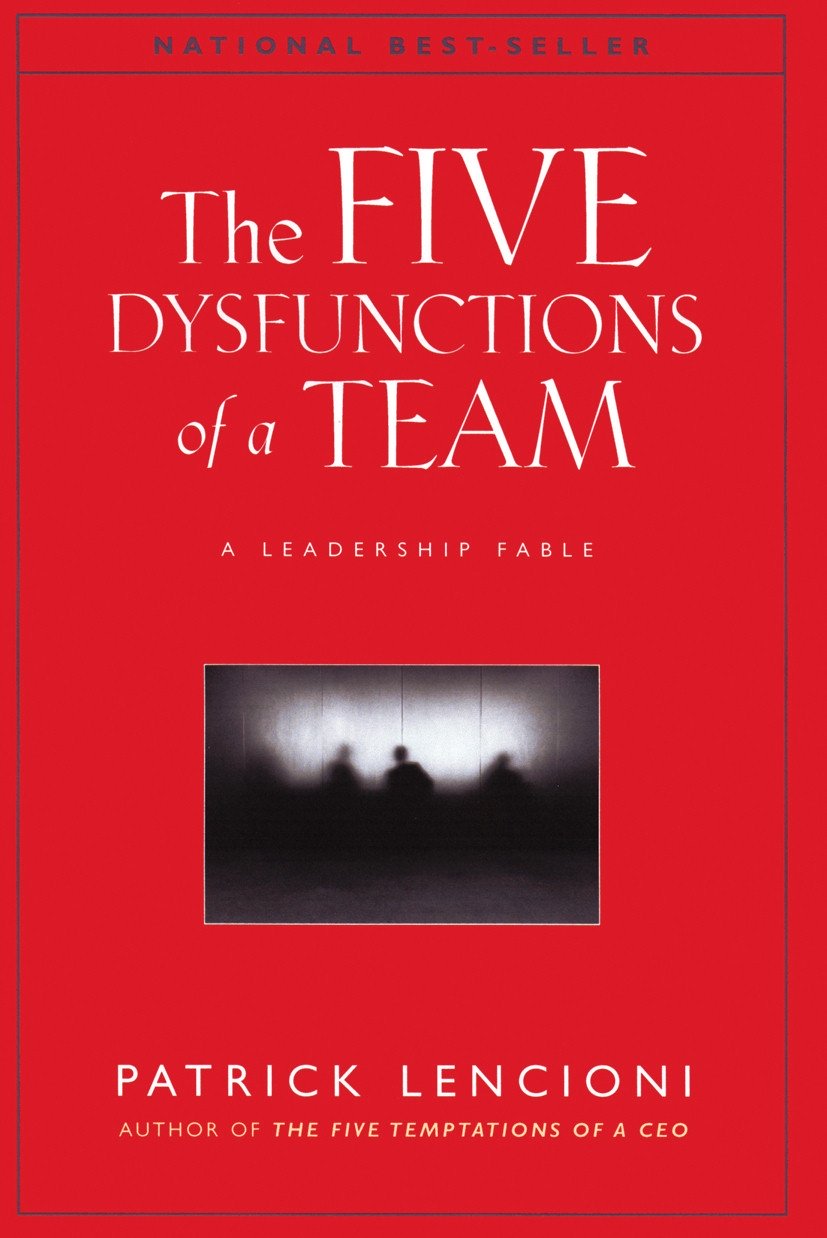SWOT Analysis
The SWOT Analysis is an excellent tool. It will help you identify strengths, weaknesses, opportunities and threats (which is how the term "SWOT" was derived).
It is often used in Strategic Planning, but can be used in a variety of ways with individuals, teams and organizations.
SWOT Analysis
It is unclear who created this matrix, but it is clear the letters represent the following:
- S = Strengths
- W = Weaknesses
- O = Opportunities
- T = Threats
It is a model to guide an individual and/or team in identifying internal strengths and weaknesses to take advantage or external opportunities and diminish potential threats.
Strengths
Once a goal or objective is identified, it is important to understand the strengths that will assist or aid in achieving the goal. It includes experiences, skills and knowledge that gives you an advantage in being successful in a given pursuit.
Strengths are positives, those skills and abilities that are "good now."
Weaknesses
Conversely, weaknesses are those things that are "bad now." They work against you and could prevent you from achieving a desired outcome.
Although you do not want to overemphasis your weaknesses, it is important to accurately assess them.
Opportunities
Opportunities are advantageous situations that could make for a better future. But they must be seized in a timely manner. If not, that window of opportunity will close.
I heard this statement in a TV advertisment: "When opportunity knocks and he is not at home, opportunity waits." In reality, "...opportunity must be seized within the lifetime of the opportunity."

Threats
Threats, if left unattended, could severly impact the future success and cause trouble for the project. Plans must be implemented to demolish, or at least deminish, the danger.
Countering these will significantly improve your chances of success.
Summary
In the video below, Professor Martin Wielemaker offers a clear and concise explanation, including questions to ask when completing the exercise.
Practical Application
Now that we have covered details of this model, take a moment to identify the main "take aways" or key points. How could this model be applied to a goal or project?
Is it possible that if you complete a SWOT analysis for the situation it could improve the likelihood of success? I think it could.
I often use this model when working with clients, to help them assess what they have, what they need and ways to improve the likelihood they will meet or exceed a specific goal.
Want To Know More?
I really like tools that are simple yet powerful. If you are like me, you will probably want to know more. So, the link below will give more information to help you in your quest for understanding and applying the model:
Improve Your Relationship with Your Boss
Are you looking to improve your relationship with your boss? If so, the Boss Relationship Worksheet will help you better understand and communicate more effectively with your immediate supervisor.
To download your copy, submit your information on the form below.
After completing the Boss Relationship Worksheet, you will find that the following will prove helpful in showing you how to cultivate a better working relationship with your boss:
 |
I published my first book and I am beyond excited.
Get your FREE copy of Called to Lead!
ORDER PRINT HERE
Leaders don't
create
followers.
Leaders
create
other
leaders.
- Tom Peters













